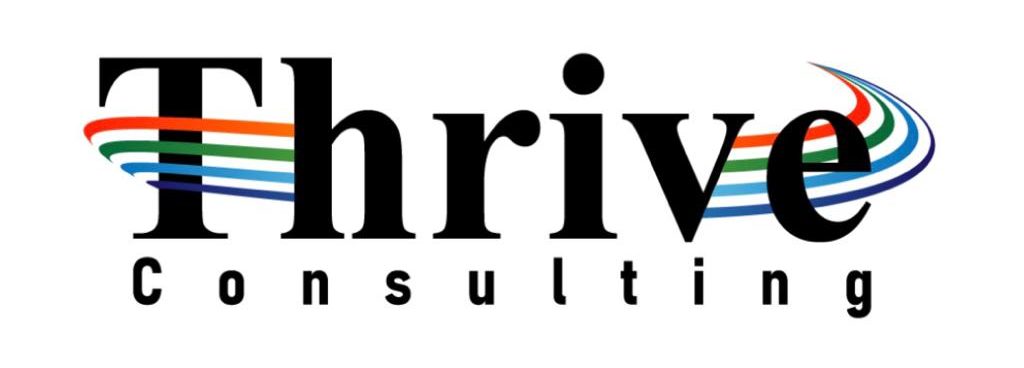
When I first started out on my coaching training, one aspect that intrigued me was this notion of ‘powerful questions’. I had thought to myself then – what makes a question powerful? What are the characteristics of such questions that give them such ‘power’? Well, best then to get my hands on the Top100 powerful coaching questions if that were the case! So I began compiling a list of touted ‘powerful questions’. At that time, I held a view that ‘throwing’ one powerful question after another at the client must undoubtedly create such strong shifts and insights that the client will be greatly enriched through such a coaching session.
Turns out – I couldn’t be more wrong. In my eagerness to build a list of powerful questions, little did I realised that I had reduced my coaching to be nothing less than an interrogation session. I failed to be ‘present’ for the client because I was longer for the next opportunity to wield another powerful question, regardless of what the client’s response was. In fact, the list hemmed me in and blocked the flow. I could hardly follow the agenda of the client, nor was I able to listen deeply. What should have been a great coaching skill became a stumbling block for me.
Upon reflection, I realised that no matter how large my database of questions might be, and how well I categorised them for different ‘scenarios’, good coaching is impossible with this approach. Designing a coaching by designing a flowchart of possible responses enabled through powerful questions is a dead-end street. It dawned on me, if sequencing questions with Artificial Intelligence could deliver good coaching, then we might as well have robots armed with algorithms coach us! What a sorry day that would be for humanity.
Months later, I reached the place where coaching is about one life connecting to another, and creating resonance through empathy and the ‘presence’ of the whole-being. As one trained in Co-Active Coaching, I would say the human-to-human experience is expressed and experienced through the synergy of connection, aliveness and fierce courage. It is about being with the client, in the moment, with all five senses and intuition. That is in essence what a human relationship requires, and coaching offers the safe environment for its full expression.
As a Workplace Coach currently, I am advocating the use PEARLS framework to build the coaching relationship in the office. I would suggest it is in the interplay pf Inquiry, Observe-Listen, and Advocacy that one ignites self-motivation, autonomy and building the container for change. What then, is the role of ‘powerful questions’ in the coaching context? As a core coaching skill, it definitely is a valuable competency. The essential thing is its use thereof must come from the place of curiosity, humility and courage in time-and-space.
I have since trashed my list of powerful questions. What I now offered instead is being present with my full-on self, and being the musical accompaniment to the client’ s melody and tune. When you enter into the place of resonance, you don’t need to look for a list. The powerful question will find you instead.
Coach Tom’s Inquiry: How might being able to connect with the coachee’s whole-person be a priority in Workplace Coaching?
You may also wish to check out Coach Tom’s first published Forbes article here.

Follow us on Facebook and LinkedIn for the latest news and updates.
Learn how to be a PEARLS Workplace Coach here.
Purchase Organizational Transformation and Think-To-Thrive material here.
